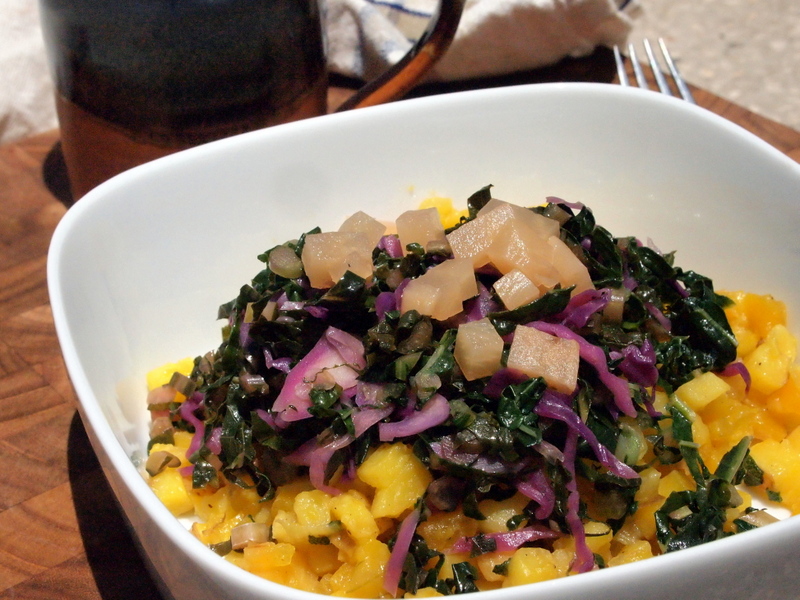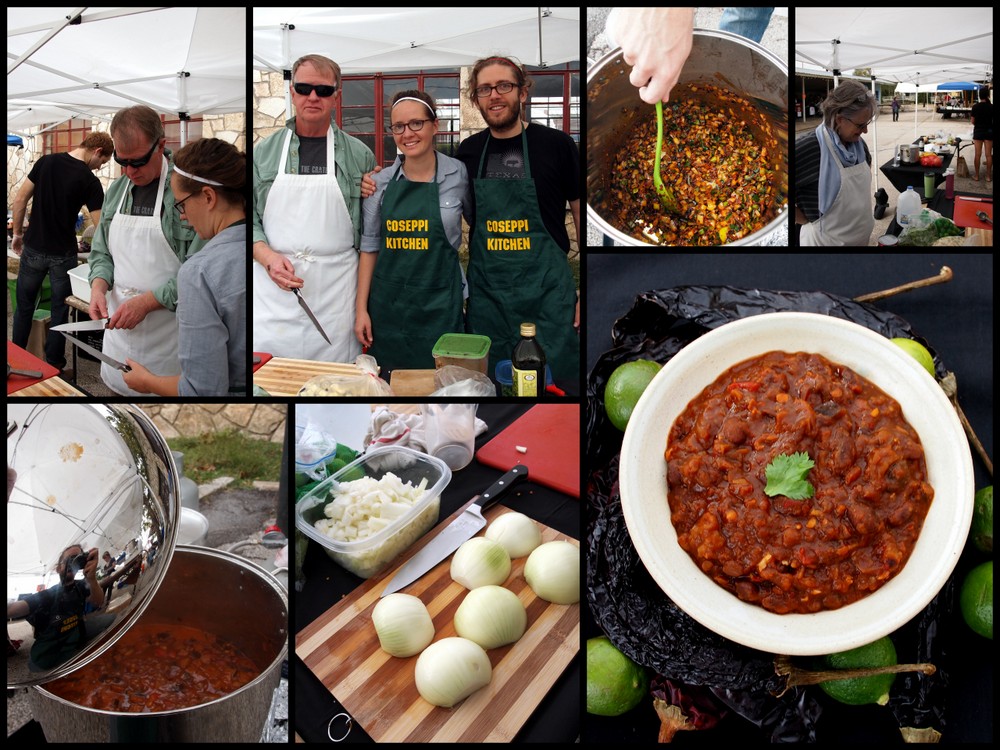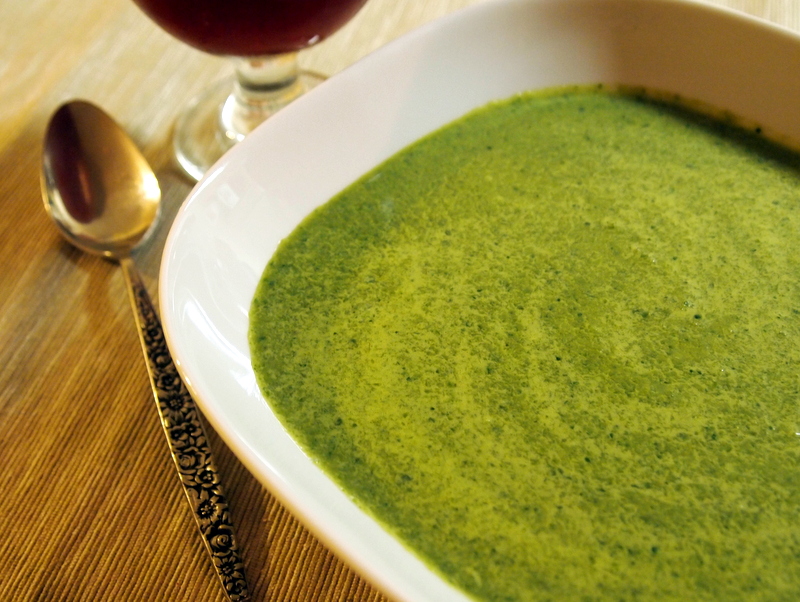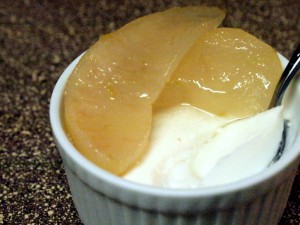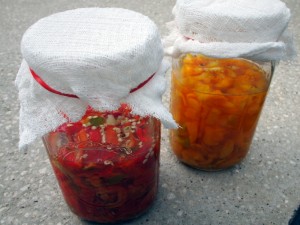Last weekend we volunteered at the Texas Craft Brewers’ Festival. We had a really nice time meeting brewers from all over the state, sampling some of the the unique beers on offer, and of course serving craft brews to the good people of Texas. In honor of another fantastic festival we wanted to post a delicious but healthy beer-related treat that will help get the rest of our week off to a good start.
Recently, we brewed a porter and used the spent grains to make some spent grain flour. This flour is a great high-fiber substitute for bran and a wonderful way to use the grains that are left over from brewing. These muffins use the spent grain flour with carrots, nuts, and other nutrient-dense foods to make a muffin that will help you get fueled for whatever fun you have planned for the day ahead.
